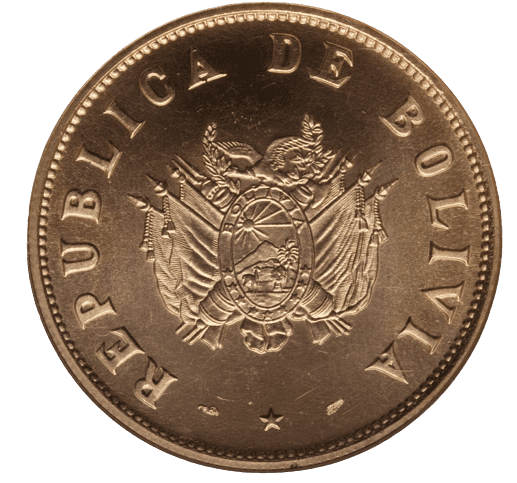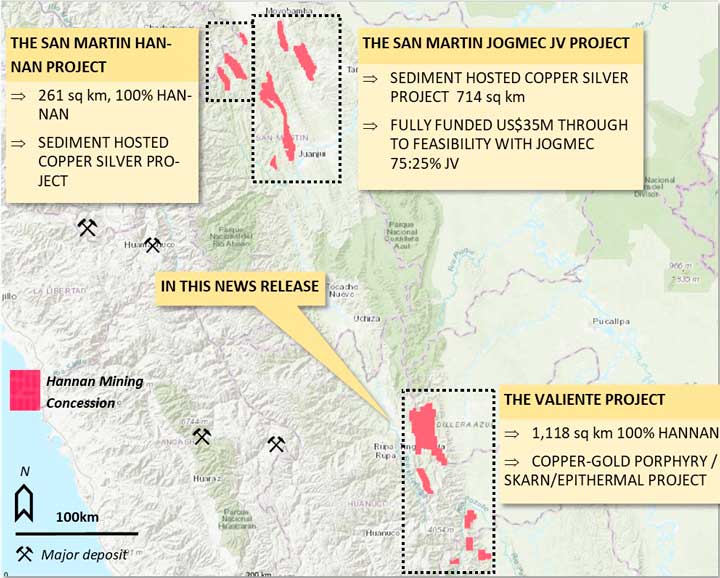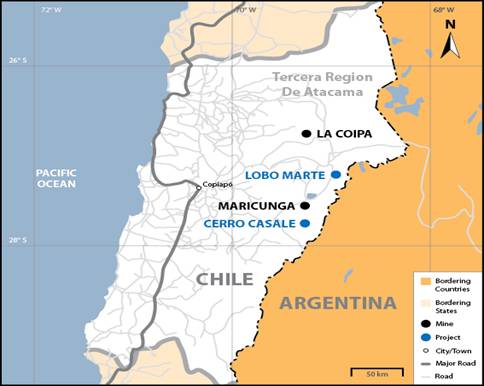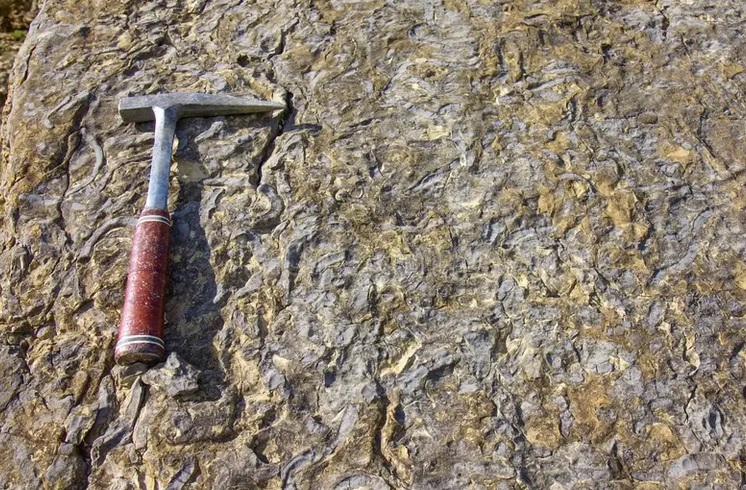
New process for mining electronic waste could be a gold mine.

Each year, humanity leaves behind a digital trail of decay: obsolete smartphones, dismantled laptops, charred circuit boards. According to a 2024 United Nations report, the world generated 62 million metric tons of electronic waste in 2022—an 82% increase from just a decade earlier. The number…Read More
Bolivia and the Gold of Sovereignty: Resources Beyond the Monetary System

Amid global monetary turbulence—where digital platforms, fiat debt, and derivative markets drift ever further from tangible value—Bolivia is making a move rooted in sovereignty. Instead of exporting gold, as most resource-based economies are conditioned to do, Bolivia has begun to accumulate it. In 2025, the…Read More
The Golden Heart of Peru: New Horizons and the Valiente Project

Peru, one of South America’s oldest civilizations, once again reminds the world of the wealth hidden within its lands. In 2025, the country is strengthening its position in the global gold market, blending its historical connection to precious metals with cutting-edge technologies and major investment…Read More
Chile’s Golden Horizon: Strategic Mining and the Rise of Lobo-Marte

Chile, long associated with copper dominance, is now rapidly strengthening its position in the global gold sector. Amid a worldwide shift toward resource-backed economic stability, the country is emerging not only as a leader in copper and lithium but also as a promising force in…Read More
The Golden Renaissance of Colombia: Guayabales and the Dawn of a New Era

In the mist-veiled highlands of western Colombia, far beyond the echoes of past conflicts and deep within the emerald folds of the Andes, a golden revelation is unfolding—one that may reshape the nation’s economic narrative and elevate its status on the global stage of mineral…Read More
